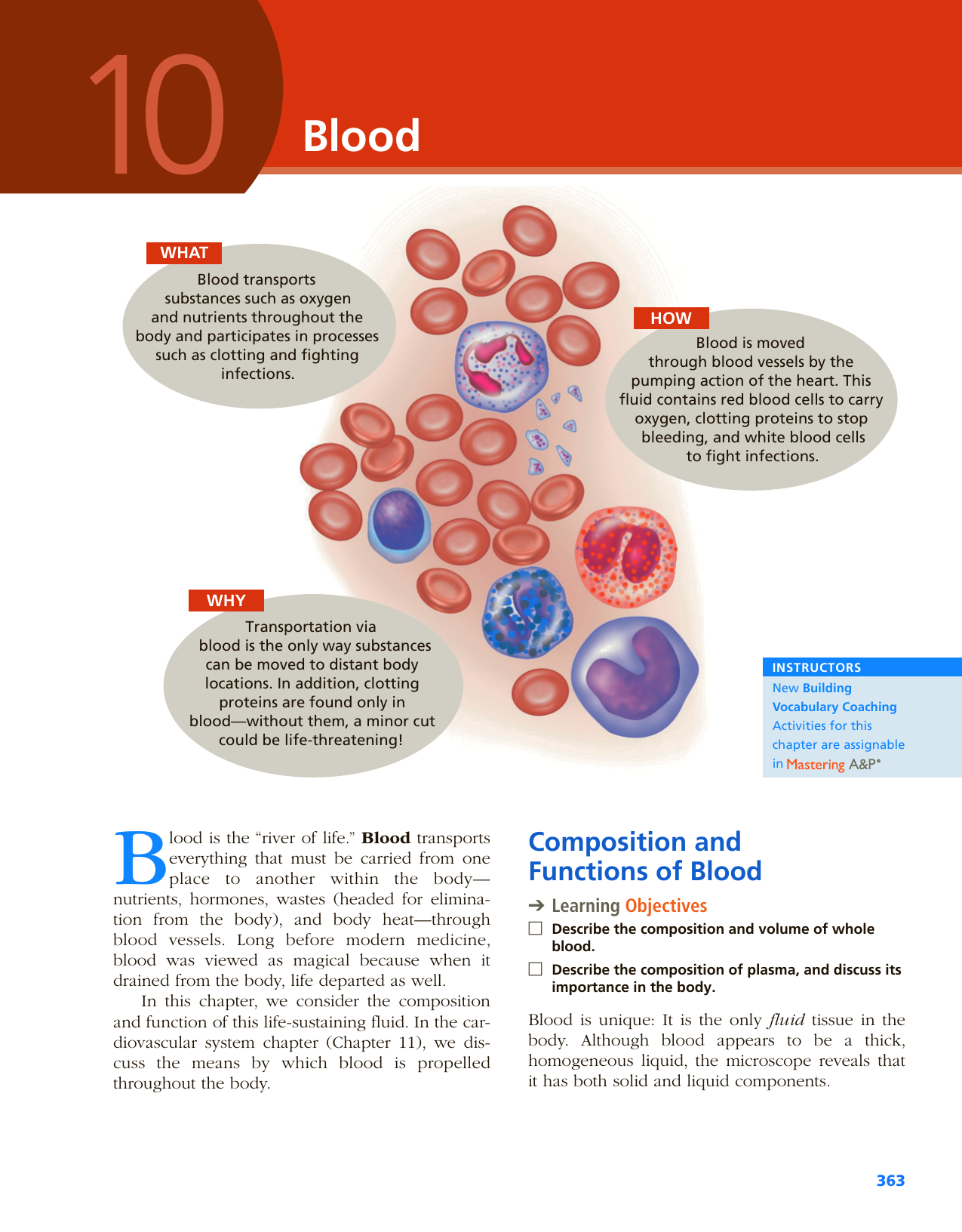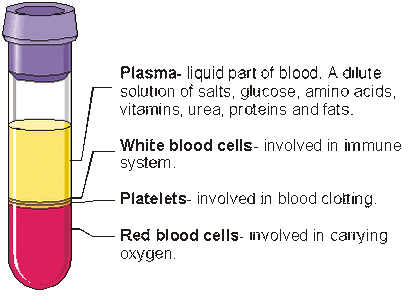

In normal blood, about 45 percent of a sample is erythrocytes. The volume of erythrocytes after centrifugation is also commonly referred to as packed cell volume (PCV). Above the buffy coat is the blood plasma, normally a pale, straw-colored fluid, which constitutes the remainder of the sample. This layer is referred to as the buffy coat because of its color it normally constitutes less than 1 percent of a blood sample. These are the WBCs, clinically known as leukocytes, and the platelets, cell fragments also called thrombocytes. Located above the erythrocytes is a pale, thin layer composed of the remaining formed elements of blood. Because the heaviest elements in blood are the erythrocytes, these settle at the very bottom of the hematocrit tube. It is performed by spinning the blood sample in a specialized centrifuge, a process that causes the heavier elements suspended within the blood sample to separate from the lightweight, liquid plasma ( ). One such test, called a hematocrit, measures the percentage of RBCs, clinically known as erythrocytes, in a blood sample. Other blood tests check for the composition of the blood itself, including the quantities and types of formed elements. Some of the most common blood tests-for instance, those measuring lipid or glucose levels in plasma-determine which substances are present within blood and in what quantities. You have probably had blood drawn from a superficial vein in your arm, which was then sent to a lab for analysis. This fluid, which is mostly water, perpetually suspends the formed elements and enables them to circulate throughout the body within the cardiovascular system. The extracellular matrix, called plasma, makes blood unique among connective tissues because it is fluid. The cellular elements-referred to as the formed elements-include red blood cells (RBCs), white blood cells (WBCs), and cell fragments called platelets.


Like all connective tissues, it is made up of cellular elements and an extracellular matrix. Recall that blood is a connective tissue. Identify the composition of blood plasma, including its most important solutes and plasma proteins.Discuss the unique physical characteristics of blood.Name the fluid component of blood and the three major types of formed elements, and identify their relative proportions in a blood sample.Identify the primary functions of blood in transportation, defense, and maintenance of homeostasis.By the end of this section, you will be able to:


 0 kommentar(er)
0 kommentar(er)
